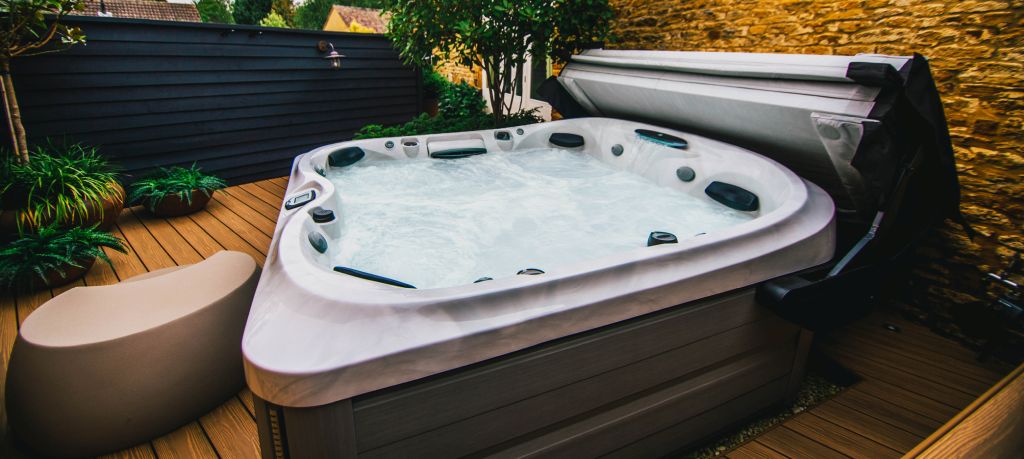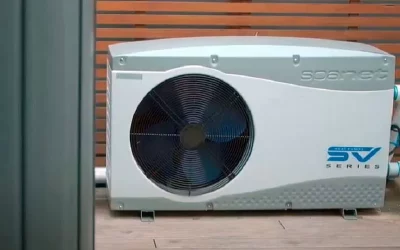Get into energy saving habits
Quite rightly, we should all be conscientious about the cost of energy these days, and in particular, hot tub and swim spa owners, who may be concerned about the increased cost of running them. However, with some good planning before you install your own tub, and with continued good practice, you should be pleasantly surprised at how efficiently you can run them. Saving money on running costs is a priority so, get into some good habits and energy costs can be kept to a minimum. hot tub energy saving
Here at Oyster we are more than happy to share some advice here which can help alleviate concerns, but our consultants are always available on the phone or at our show site to discuss them in more detail with you. It is also worth mentioning at the beginning of this article, that if you are buying a hot tub from Oyster Pools & Hot Tubs, you will be buying a quality product which has excellent heat insulation from the start, already ensuring one of the best ways to keep your hot tub cost effective and energy efficient! Some useful points to note, in no particular order, on hot tub and swim spa energy saving:
Make sure your hot tub cover is in good condition
If you don’t already have a cover of any kind, it is one of the biggest energy saving measures you can take to ensure that heat is retained in your hot tub or swim spa. Logic dictates that most heat is lost by rising upwards, up to 60% can escape just from the surface of the water. Keeping the heat from escaping with a hot tub cover can drastically reduce energy consumption.

If you do already have a hot tub or swim spa cover, check its condition and ensure that it is well insulated. Should your cover become heavy, and you can usually tell this from the weight of the cover itself, it may be water laden and certainly much less effective than it should be, seriously compromising on energy use. Any signs of wear and tear, cracks, tears or rips should also be checked for and repaired where possible. Regular checks are a good idea as part of your own regular maintenance routine.
Another good tip would be to remove the cover periodically, when the weather is good and the sun is shining and leave it in the sun for a time to ensure it can dry out fully. This is also good to prevent any kind of moisture build up and bacterial growth.
Hot tub and swim spa covers should be of good quality and thermally efficient and need not be prohibitive in terms of expense, even though that expense should be recouped from reduced energy bills in the long term.

Lower the Thermostat
It is reasonable to assume that the hotter you have your hot tub or swim spa, the more energy it will use to heat itself up and continue maintaining its temperature. Given that the most favoured temperature is between 36 to 39 degrees centigrade, this might feel like it will be very costly.
Lowering the temperature a little, by half or even 1 degree, even if you may prefer a hotter experience, can be a good way of reducing costs a little immediately but over the long term can make a good saving.
Usage Pattern
It is a good idea to think about your usage. If you are a regular user of your hot tub or swim spa, or you like spontaneity, then keeping it running at the same working temperature is generally seen as being the most economical way to operate it. However, after analysing your usage, you may find that you use your hot tub or swim spa more at particular times of the week, perhaps say at the weekends. You therefore might find it useful to know it could be more cost effective to just increase the temperature a day before you know you will use it. This can make a considerable saving, depending on your personal usage.
Wind Blocks
Another culprit of heat loss can be prevailing winds. Before getting your hot tub or swim spa installed have a good look at the areas where it can be placed, ideally somewhere that offers some natural shelter from the wind would be the perfect location for your tub.
For hot tubs and swim spas already in place, that may be susceptible to wind chill factor, potentially causing heat loss, a good idea would be to consider a barrier of some kind, to keep the wind from reducing the potential for heat loss. Installing solutions such as fencing, or a wall or even thick/dense planting can act as windbreaks. Aim to make any kind of wind block a little higher than that of your tub.
It goes without saying that the stronger the prevailing wind, the more heat loss occurs. Our previous statement about looking at hot tub and swim spa covers can also help mitigate this heat loss issue.

Keep Your Filter Healthy
This is very important! An unclean, clogged filter means your pump has to work overtime to take in water and that can add excessive and unnecessary cost to your energy bills. Filters should be monitored and cleaned weekly and a deep chemical clean scheduled for every quarter. Not taking care of this routine can potentially cost you more and can have detrimental results in the condition of your tub in the longer term.
Our engineers at Oyster are able to perform servicing and a replacement filter will be installed at each service, so if you choose a service plan with us, it will all be taken care of for you.
South Facing Position
For those of you looking to install a hot tub or swim spa, positioning it in a south facing location, where possible, is a great idea in terms of making the most of the natural heat and daylight available to you. The typical aspect which affords the most sunlight is the best place for a hot tub or swim spa to be located.
It can make a real difference to how much heat your tub is able to retain when the sun is on it all day!
Keeping your water clean
You should be following a routine programme of water maintenance for your hot tub or swim spa. Should you not be keeping your water clean, it will gradually build up floating debris and particles, making it more difficult for the water to move around and draw through the filters. This means the pump is also working harder.
Water checks with testing kits will help you determine your waters cleanliness and that you have the correct levels of Ph and alkalinity in your tub.
Our engineers at Oyster are able to perform servicing and our Customer Service team are available to talk about any concerns you may have about products you may need for regular water checks.

Energy Efficient Lights
With most new hot tubs and swim spas these days, lighting is usually installed with more energy efficient LED lighting, but if you don’t have them already installed, it is a good idea to think about getting any older lights replaced with LED ones. If you are unsure, wait until it is time to drain the tub for a water change and just have them checked.
Using your tub without lighting on all the time is obviously a good way of keeping energy usage down. Also make sure that the lighting system is not on a timer that may mean lights come on automatically at set times when you are not using the tub.
Closing Your Jets
When you are not using your tub, it is always good practice to ensure that the jets do not remain open all the time. Leaving the jets continuously in the open position when they are not in use effectively means that cold air is being sucked into the system, reducing the temperature of your tub, ultimately making your tub work harder to stay up to its operating temperature. However, leaving the jets closed all the time can also cause bacteria build up, so be mindful of this.
These are just some of the ways in which you can help to keep your hot tub or swim spa running at energy efficient levels. Some may seem small, but when combined as a whole, they can result in significant savings over time. We hope they help you to always ensure that your product stays in peak working condition!
The team at Oyster are always at your disposal to answer any queries you may have, whether you are looking to invest in a hot tub or swim spa, or a valued existing customer. Why not take a look at some of the options for covering and sheltering your hot tub or swim spa in our ENCLOSURES section and feel free to browse our Becoming an Owner section to discover about hot tubs and swim spas.
For more advice and tips on hot tub energy saving you can also take a look at trade organisation WhatSpa, who have produced a useful short film for you!
Get In Touch
Feel free to contact us at any time – we are always happy to help!




